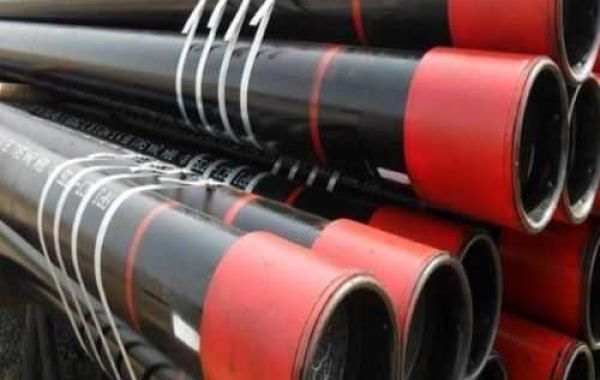Pipes can be generally classified into metal pipes and non-metal pipes according to their materials, and non-metal pipes can be further classified into organic pipes and inorganic pipes. The length from the bottom of the pipeline to the ground is called the buried depth of the pipeline. The soil from the upper part of the pipe diameter to the ground is the earthing of the pipe. It is stipulated that in frozen areas, the depth of covering soil on the top of the pipe shall not be less than 0.15m below the soil freezing line in Design Specifications of Outdoor Drainage. Under the roadway, the thickness of the covering earth should not be smaller than 0.6m for pipes except for the road surface. For a sloped pipeline, the slope of the ground is smaller than that of the pipeline, and the actual buried depth of the pipeline is required to be greater; the corresponding construction period is longer and the cost is also higher. Therefore, when the pipeline's covering soil is dry and stable, the burial depth should not be too deep, generally not more than 7 to 8 meters. When the pipeline's covering soil is mostly water, quicksand, and limestone, the burial depth should not exceed 5 meters.

According to the requirements of Design Specifications of Outdoor Drainage, the pipelines that use gravity to discharge sewage should be designed as the non-full flow. Table 1-1 shows the maximum fullness. For rain water pipes and confluence pipes, their maximum fullness should be designed according to full flow. There are also specifications for the design of the drainage flow rate of drainage pipes. The maximum flow rate of metal pipes is less than 10m/s, and that of non-metal pipes is less than 5m/s. However, if the experimental results meet the conditions, the maximum flow rate of non-metal pipes can be appropriately increased. Accordingly, in order to make the drainage more smooth and prevent blocking, there are also requirements for the minimum flow rate of the drainage pipe. The minimum flow rate of confluence pipes and rain water pipes must be greater than 0.75m/s. The diameter of the drainage pipe and its corresponding design minimum slope are shown in Table 1-2.
Table 1-1 Maximum design fullness
| Pipe diameters (mm) | Maximum design fullness |
| 200 to 300 | 0.55 |
| 350 to 450 | 0.65 |
| 500 to 900 | 0.7 |
| Greater than and equal to 1000 | 0.75 |
Table 1-2 Minimum pipe diameters and corresponding minimum slopes
| Types of pipes | Pipe diameters (mm) | Minimum slopes |
| Sewage pipes | Greater than and equal to 300 | 0.002 for plastic tubes and 0.003 other tubes |
| Rain water pipes and confluence pipes | Greater than and equal to 300 | 0.002 for plastic tubes and 0.003 other tubes |
| Rainwater pipe ends | Greater than and equal to 200 | 0.01 |
Since the water supply methods are all pressurized, there are no specific requirements for the fullness, maximum and minimum flow rates and design slope of the water supply pipes. In addition, the minimum pipe diameter should be greater than 100mm for the water supply pipes that also have the function of fire-fighting water supply, and the spacing of outdoor fire hydrants should not exceed 120m.







